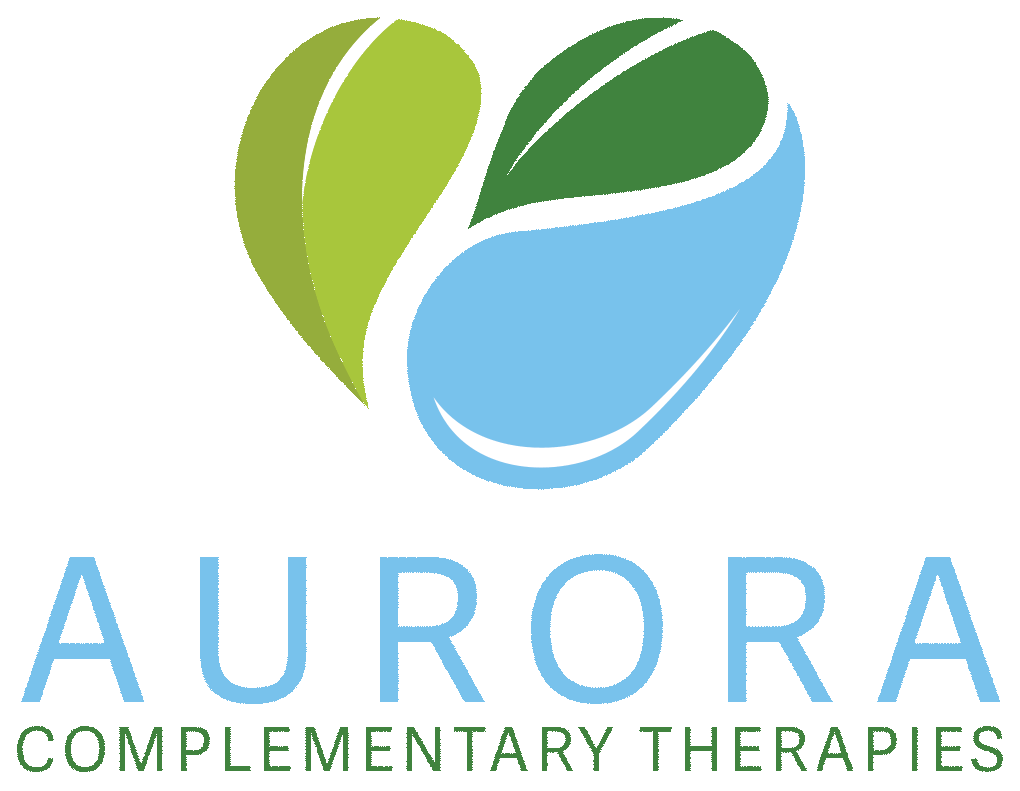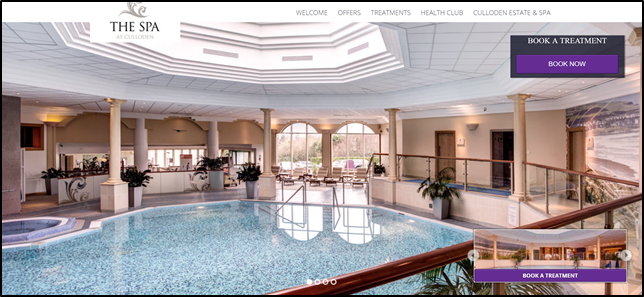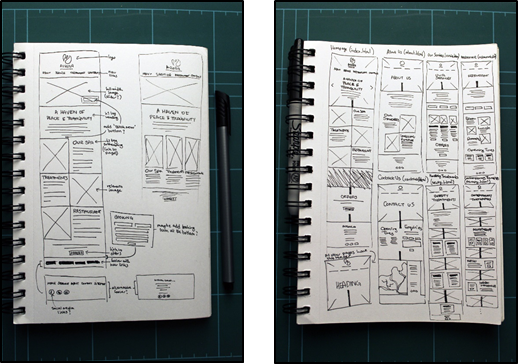References
[1]Stec, C., 2013. How to Make a Strong Impression Through Brand Consistency. [Online]
Available at: https://www.impactbnd.com/blog/importance-brand-consistency
[Accessed 22 October 2017].
[2]Koepke, C., 2011. Serif or Sans-Serif?. [Online]
Available at: https://churchm.ag/serif-or-sans-serif/
[Accessed 12 October 2017].
[3]Kole, S., 2013. Serif Vs. Sans: the Final Battle. [Online]
Available at: http://www.webdesignerdepot.com/2013/03/serif-vs-sans-the-final-battle
[Accessed 22 October 2017].
[4]Kliever, J., 2015. 10 Golden Rules You Should Live By When Combining Fonts: Tips From a Designer. [Online]
Available at: https://designschool.canva.com/blog/combining-fonts-10-must-know-tips-from-a-designer/
[Accessed 22 October 2017].
[5]Evans, C., 2012. The Importance of Web Design Layout. [Online]
Available at: http://www.ampheon.co.uk/blog/the-importance-of-web-design-layout
[Accessed 23 October 2017].
[6]Pereyra, I., 2017. 10 Steps to an Engaging User Experience. [Online]
Available at: http://www.creativebloq.com/ux/10-steps-engaging-user-experience-3156607
[Accessed 23 October 2017].
[7]Kenny, T., 2009. The Use of Logos in Web Design. [Online]
Available at: http://tomkenny.design/articles/the-use-of-logos-in-web-design/
[Accessed 23 October 2017].
[8]Stark, H., 2014. Which is More Important in Design: Images or Text?. [Online]
Available at: https://www.sitepoint.com/images-text-important/
[Accessed 23 October 2017].












